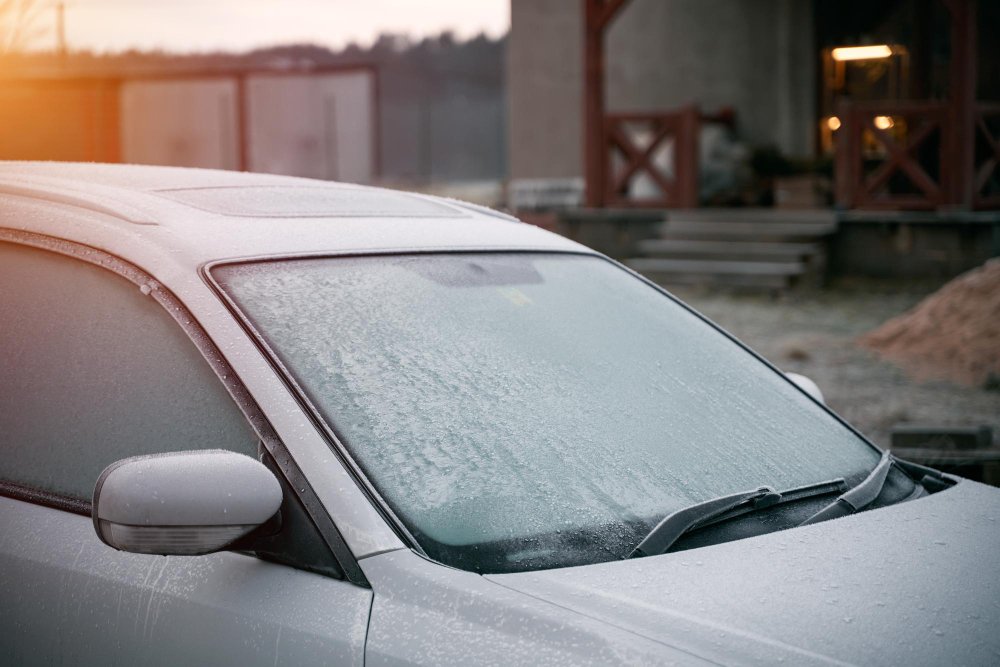Home Window Tinting Rules and Standards: What You Required to Know Prior To Tinting Your Vehicle
Before proceeding with window tinting for your automobile, it is vital to familiarize on your own with the diverse legislations and guidelines that control this practice throughout various states. These regulations dictate the allowable degrees of tint darkness, typically determined by noticeable light transmission (VLT) percentages, and consist of certain specifications for front windshields targeted at making certain road safety. Furthermore, specific jurisdictions might use clinical exemptions for individuals with certifying problems. Recognizing these intricacies can save you from possible legal implications, yet what are the details regulations in your state?
Summary of Home Window Tinting Rules
Home window tinting regulations are frequently based on variation across different territories, showing neighborhood policies and safety considerations. These legislations determine the allowable degrees of color darkness and reflectiveness on lorry home windows, making sure that chauffeurs keep appropriate presence while additionally protecting versus dangerous UV rays and warm.
A lot of policies classify home window tinting based on the Visible Light Transmission (VLT) percent, which shows the quantity of light that can travel through the home window. Normally, reduced VLT percents symbolize darker colors. Laws usually distinguish between the front, side, and rear home windows, with more stringent limitations put on the front windscreen to improve security for both the motorist and various other roadway individuals.
Additionally, some territories impose limitations on the reflectivity of the tint, preventing too much glare that can harm exposure. Exemptions to these laws might exist for individuals with details clinical conditions calling for additional sunlight security. Compliance with window tinting laws is crucial, as violations can cause penalties, required removal of the tint, and potential increases in insurance premiums. Therefore, it is necessary for automobile owners to acquaint themselves with regional regulations prior to continuing with home window tinting installments.
State-by-State Color Rules
Comprehending the certain home window tinting policies in each state is crucial for car proprietors seeking to adhere to the regulation. Each state in the U.S. has actually established its very own set of guidelines governing home window tinting, which can vary significantly. These laws usually dictate the permitted degrees of tint darkness, the kinds of windows that can be tinted, and any type of clinical exceptions that may use.
For example, states like California have rigorous constraints on color darkness for front windows, while others, such as New Mexico, might allow darker tints. Additionally, particular states mandate certain exposure percents for numerous windows, including the windscreen, front side home windows, and rear home windows. It is vital for automobile proprietors to acquaint themselves with their state's laws to prevent possible penalties or charges.
Furthermore, some states may need a qualification sticker label to be put on colored windows, suggesting conformity with state regulations. Failing to abide by these policies not only takes the chance of legal consequences but can also influence safety and security and exposure while driving. For that reason, lorry proprietors must perform detailed study or consult local authorities to ensure complete understanding and compliance with state-by-state tint regulations.
Allowed Color Kinds and degrees
Many lorry owners may be amazed to discover that enabled tint degrees and kinds vary extensively across different states. Each state has actually developed its own laws concerning the acceptable darkness and reflectivity of window color, typically gauged by Visible Light Transmission (VLT) percentages. VLT refers to the amount of light that can travel through the colored home windows; hence, a reduced percentage shows a darker color.

Additionally, the kinds of color products enabled can vary, with some states prohibiting mirror-like or metallic finishes. It is crucial for car proprietors to acquaint themselves with their state's details regulations to ensure conformity. Non-compliance can result in fines, required removal of the color, or various other lawful repercussions, making it vital to recognize these regulations prior to waging setup.
Medical Exceptions for Tinting
While not all states give allowances for clinical exceptions pertaining to window my explanation tinting, those that do recognize the requirement for details people to improve visibility and convenience as a result of clinical conditions. Different clinical conditions, such as lupus, skin cancer, and certain eye disorders, can provide people especially sensitive to sunlight. These individuals might call for darker colors to safeguard themselves from harmful UV rays and glow.

It is very important to keep in mind that despite a clinical exception, there may still be limitations on the level of tint allowed. Compliance with state laws makes sure that people are both secured and within lawful restrictions. Those considering medical exemptions must contact their local Division of Electric motor Autos or equal authority to comprehend the procedures and demands necessary to get an exception properly.
Fines for Non-Compliance
Stopping working to abide with window tinting laws can result in significant penalties, which differ by state. Police are empowered to issue citations for cars that do not abide by the defined tinting guidelines. These fines typically consist of penalties, which can range from modest amounts to numerous hundred dollars, depending on the intensity of the infraction and the state in question.
In some jurisdictions, duplicated offenses may result in rising penalties or added penalties, such as mandatory court looks. In addition, non-compliance may necessitate the elimination of illegal tinting, frequently at the proprietor's check this site out expense. In severe instances, regular offenders may face suspension of their vehicle registration till conformity is achieved.
In addition, insurance coverage ramifications might arise from obtaining several citations for window tint infractions. Insurers might check out such offenses as an indication of riskier habits, potentially leading to enhanced premiums or difficulty in protection.
To prevent these penalties, it is critical for automobile owners to acquaint themselves with their local window tinting regulations and guarantee that their lorry complies (Window Tinting). This aggressive method not just prevents lawful implications however also promotes road safety
Final Thought

Many laws identify window tinting based on the Visible Light Transmission (VLT) portion, which shows the amount of light that can pass with the window. Compliance with home window tinting regulations is essential, as offenses can result in fines, obligatory removal of the tint, and possible boosts in insurance premiums.Recognizing the certain home window tinting laws in each state is important for lorry owners looking for to comply with the legislation. These guidelines typically dictate the allowed levels of color darkness, the types of windows that can be tinted, and any medical exceptions that may use.
For instance, states like California have rigid restrictions on tint darkness for front windows, while others, such as New Mexico, might allow darker tints.
 Luke Perry Then & Now!
Luke Perry Then & Now! Ariana Richards Then & Now!
Ariana Richards Then & Now! Heather Locklear Then & Now!
Heather Locklear Then & Now! Dawn Wells Then & Now!
Dawn Wells Then & Now! Teri Hatcher Then & Now!
Teri Hatcher Then & Now!